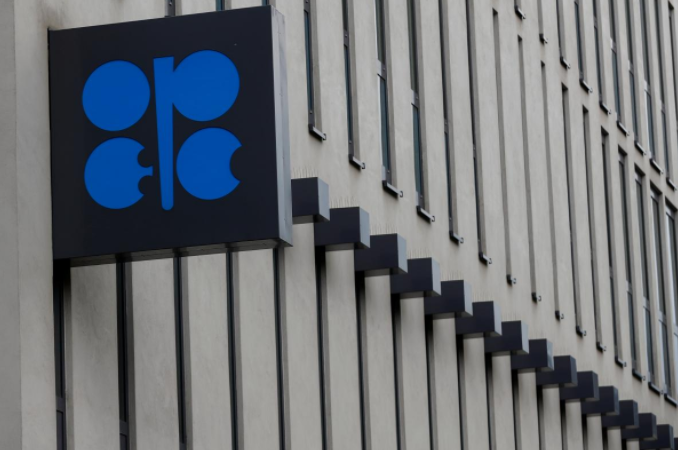
Potential OPEC+ production cuts mooted this week by Saudi Arabia may not be imminent and are likely to coincide with the return of Iran to oil markets should it clinch a nuclear deal with the West, nine OPEC sources told Reuters on Tuesday.
De facto OPEC leader Saudi Arabia on Monday flagged the possibility of introducing cuts to balance a market it described as “schizophrenic”, with the paper and physical markets becoming increasingly disconnected.
The sources said a production cut at the upcoming OPEC+ meeting on Sept. 5 may be too soon, but could be necessary should a possible revival of Tehran’s 2015 nuclear deal bring additional volumes to the oil market.
“OPEC+ should prepare the ground for Iranian oil to come out after lifting sanctions,” one source said.
Oil prices have dropped in recent weeks to around $95 per barrel from as high as $120 on fears of a Chinese economic slowdown and recession in the West. Physical market fundamentals however point to a very tight market due to low supply, unless Iran is able to boost exports.
A senior U.S. official said this week Iran had dropped some of its main demands on resurrecting a deal to rein in its nuclear programme, bringing the possibility of an agreement closer.
Should sanctions be lifted, Iran would need around a year and a half to reach its full capacity of 4 million barrels per day of crude production versus the current 2.6 million bpd.
But it could more immediately start selling some of its oil in storage, sources said.
“With an estimated 100 million barrels of crude and condensate in floating storage, more than 50 million barrels in domestic onshore storage and a reported 14 million-15 million barrels in bonded storage in China, the ramp-up in exports and production is likely to be as fast (as), if not faster than, in 2015-2016,” Eurasia Group said.
The extra barrels could come onto the market at a time when the Organization of the Petroleum Exporting Countries and allies led by Russia, a group known as OPEC+, are expected to start discussions on renewing their partnership beyond 2022.
“I strongly believe 2020 has made OPEC more vigilant and pro-active about markets – so on that basis, they will manage the market if Iran comes back,” Amrita Sen, co-founder of Energy Aspects, said. “And if Iran comes back, they will likely come up with a new deal with new baselines, etc.”
Iran is exempt from the existing OPEC+ deal to limit oil supply, and is likely to remain exempt to boost output initially.
Sources said it was too early to tell which direction the next OPEC+ meeting in September would take, but that it was possible cuts could be introduced later should extra Iranian barrels become a reality.
“No figures are under discussion for now, but the sentiments tend towards the necessity of cuts,” the first source said.
OPEC+ agreed to increase output by 648,000 bpd in each of July and August as it fully unwinds nearly 10 million bpd of cuts implemented in May 2020 to counter the COVID-19 pandemic.
The group agreed earlier this month to raise production quotas by another 100,000 bpd in September, under pressure from major consumers including the United States to cool prices.
“Politically, selling a cut right now is tough,” a second OPEC+ source said. “If Iran comes back, OPEC will need to assess the impact on the balances.”
OPEC members have been underproducing as sanctions and low investments in the energy sector left most unable to meet their production quotas.
“If they ratify the current output level as the new quota (which would make sense given the group’s record of chronic underproduction) it would mean lowering the ceiling, whilst leaving actual production effectively unchanged,” Tamas Varga of oil broker PVM said.